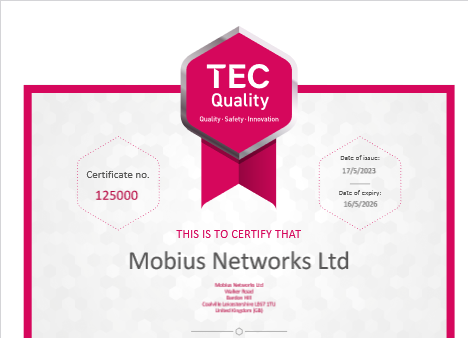Cost of ownership – the network
‘All the networks are the same.’ is a surprisingly common opinion. The confusion has been deepened by the various mast sharing deals that have been done over the years. Just as with Profiles and SIMs – if they are all the same why pay any more?
When you send the AT Command “Connect” to your 3G Engine there is little notion of what lies behind that command in terms of the software, firmware and hardware on your
Networks are very complex and becoming increasingly so with each passing quarter. The amount of data that they used to transmit in a month, they now transmit in a lunch time. So, they can’t afford to be standing still. We recently built a completely private network for a customer with no internet paths at all. There were 15 hops between the remote devices and the customers final destination. If you include the construction of the device itself that adds another two. And that is the just to get the clients firewall, what lay behind that was a whole other story.
Capacity is another key part of the story. If someone was to say to you that the network was congested, you would assume that they were describing the over air part of the connection. But there is also the pipe from the mast to GGSNs, the backbone infrastructure, the breakout points onto the internet or now in many cases the load on the private networks of your MVNO. If there is a capacity issue, how do you know where the failure actually lies?
Understanding that complexity is key to delivering a reliable solution. It is shocking that 10 years in to M2M there are still vendors out there who when faced with a disruption in service will shrug their shoulders and say “it must be the network.” There is no other facet of IT where that kind of response would be considered acceptable.
It is possible to trace all the way through a mobile network but the people who can do it effectively can be counted on the fingers of one hand. The tools to provide the detail, sifting through billions of records an hour, are expensive to build and very expensive to maintain. But such tools and people are only of use if you are sure that you have the fundamental building blocks of the system are in place.
What kind of SIM with what profile is sending data though what hardware? Does the network have any pinch points in all the many links in the chain to deliver the data? Is there overloading in the chain pushing up loss or latency. And, given that there maybe twenty system suppliers in the system, does each understand their part enough to ensure not just that their part is set ‘right’ but that the whole works.
The price of the SIM is only one brick in the tower that needs to be built.
Written by

Douglas Gilmour
Douglas formed Mobius in 2003 after twenty years’ experience in the Semiconductor industry. He was driven by the idea that airtime could be better and more secure.


